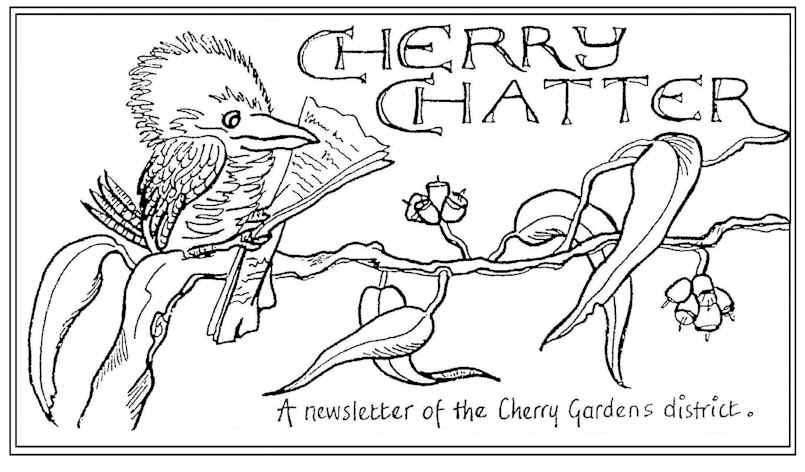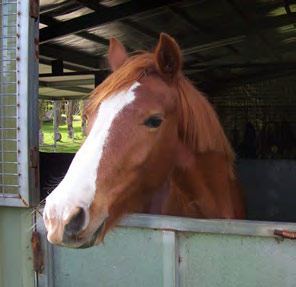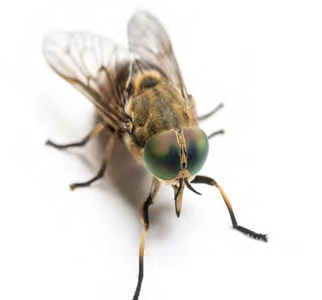Over the stable door
Greetings Fellow Equines and Horse Owners!
Well summer is upon us and along with the better riding weather comes several problems. Is nothing ever easy, you ask? The answer is probably no, but we can make things easier.
Here are some of the more common problems we have with our trusty equines and ways we can deal with them.
Firstly – the flies.
It seems to be a good (!) season for them and they can make life cruel for a horse. Firstly look around his environment. Is there somewhere he can get out of the sun and into a nice shady spot. Trees, stable shelters, hedges or 3 sided shade areas can all help. Next it is wise to check him daily. Signs that the flies are becoming a real nuisance will be some local swelling around the eyes, with maybe some discharge. Bathing gently with a saline solution can bring some relief, as does cold tea. The tannin in the tea is both drying and soothing. There are also many kinds of fly veils on the market. They vary from string, leather to the all enclosing fly mesh type. The risk associated with any of these if that they can get caught on almost anything, so daily checking is recommended. There are also various types of fly repellent on the market – ointments or spray. It is not advisable to spray directly onto the horse’s face. If you plan on riding you can spray the bridle itself (not the bit), or even the fly veil.
Now, rugging.
It is slowly becoming more evident that in general our horses are over-rugged. Summer sheets work well in the heat, but the synthetic ones retain a lot of heat, which is not beneficial for your horse. Again regular checking is recommended. It is more important that he is kept comfortable than keeping his colour.
Greasy heel
Greasy heel – is a skin condition, actually a type of dermatitis and/or inflammation of the skin. Now it often appears during winter, but in summer if the horse is hosed down regularly and not fully dried off, especially on the lower legs below the fetlock, then this is an ideal situation for greasy heel to thrive. Horses most prone to this are chestnuts with white socks/stockings, but other colours are not immune. Most often seen on hind legs, but again it can appear all around. It can be very stubborn to heal, and the first signs may even include lameness. It generally appears at the back of the leg, just behind and down from the fetlock joint. The skin can crack and bleed and is exceedingly painful, hence signs of lameness. There are products on the market to apply to this condition, but in the meantime, keeping the area clean and dry are your first moves.
Sunburn
Sunburn – as with the flies, ensure your horse has adequate shade and shelter. Use a summer sheet if necessary. This usually affects non-pigmented areas, especially around face and even the back. Horses on rich clover pasture can be more sensitive to sunlight. Keep them off any rich pasture and provide shade and shelter. Zinc cream is useful as a barrier and is soothing.
Bee stings
Bee stings – horses can have anaphylactic reactions to bee stings and you may need prompt veterinary assistance. Stings occur most often around the face as the horse goes to drink. Bees often congregate around horse troughs, so they can be risky area. Signs of a sting include local or general swelling all over the body. The horse will appear quite agitated (similar to colic) and restless. Firstly, keep him as calm as possible and gently hose him down all over until vet arrives.
Heat bumps
Heat bumps – these often show early on in summer. They appear as a reasonably hard lump anywhere on the body which then develops a little crusty head and eventually heals over and disappears. Flies can become attracted to the bumps when weepy, so a bacterial anti-fly spray can be applied.
Grass seeds
Grass seeds – these can get stuck in the corners of your horse’s eyes and in his mouth. With his eyes, if it is not easily removable, get your vet. In his mouth, grass seeds can burrow into the cheek flesh and cause abscesses and much discomfort. He will be uncomfortable to bridle, may show discomfort when eating and his breath will likely smell. Barley grass is the worst culprit. You may need to change feed or dampen it down to soften. Daily hosing out of the mouth can help in the interim, but again, the vet may be recommended.
Remember in all of these situations, it you are not sure what the problem or cause is, or if it persists, don’t hesitate to call your vet.



